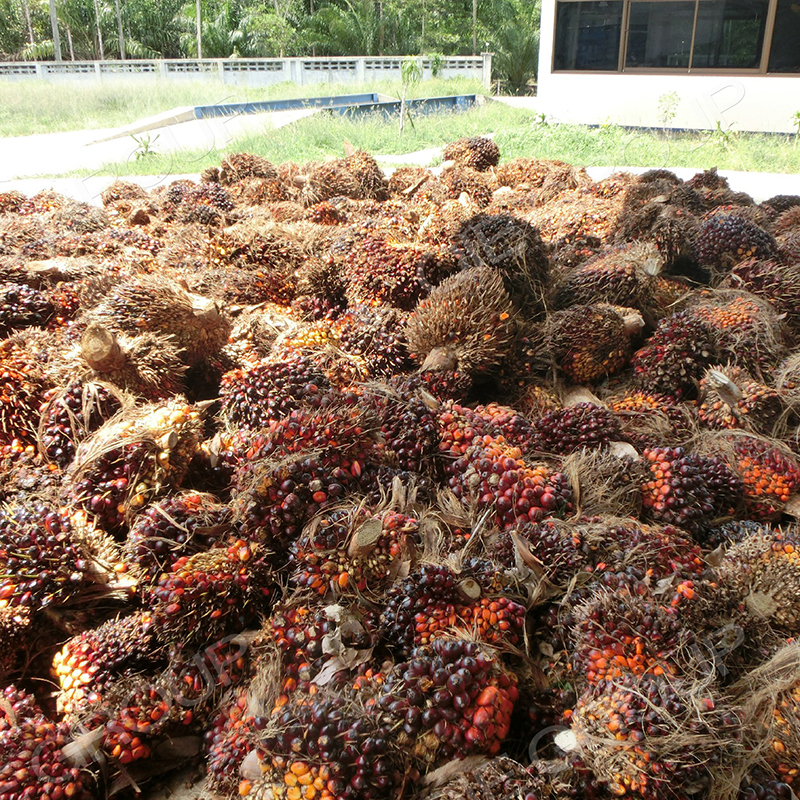
Are you troubled by the loss of nutrients and low oil yield after sunflower oil pressing? This article delves into the core points of the physical pressing process, offering practical techniques from material pre - treatment to equipment debugging. By precisely controlling temperature and pressure, you can retain vitamin E and unsaturated fatty acids, thereby enhancing the oil quality and product added - value.
The quality of sunflower seeds directly affects the oil yield and quality. Before pressing, it's crucial to clean the sunflower seeds thoroughly. Remove impurities such as dust, stones, and broken seeds. A high - quality cleaning process can improve the purity of the raw materials and reduce the wear and tear of the pressing equipment.
Moisture control is another key factor. Generally, the moisture content of sunflower seeds should be controlled between 8% - 12%. When the moisture content is too high, the oil yield will decrease. For every 1% increase in moisture content above the optimal range, the oil yield may decrease by about 0.5%. Conversely, if the moisture is too low, the seeds may become too brittle, also affecting the oil extraction efficiency.

In the sunflower oil pressing process, the matching of temperature and pressure is of great significance. Different pressing methods, such as cold - pressing and hot - pressing, have their own characteristics.
Cold - pressing is usually carried out at a temperature below 60°C. This method can maximally retain the natural nutrients in sunflower oil, such as vitamin E and unsaturated fatty acids. However, the oil yield is relatively low. On the contrary, hot - pressing is conducted at a higher temperature (usually between 100 - 120°C), which can significantly improve the oil yield. But high temperature may lead to the loss of some nutrients. For example, for every 10°C increase in temperature, the loss rate of vitamin E may increase by about 5%.
Pressure also needs to be carefully controlled. Excessive pressure can cause the oxidation of oil and the destruction of nutrients. According to experience, a pressure of about 20 - 30 MPa is appropriate for most sunflower oil presses.
| Pressing Method | Temperature Range | Advantages | Disadvantages |
|---|---|---|---|
| Cold - pressing | Below 60°C | Retain natural nutrients | Low oil yield |
| Hot - pressing | 100 - 120°C | High oil yield | Possible nutrient loss |
Regularly detecting the oil content in the residue is an important way to evaluate the pressing efficiency. You can use the Soxhlet extraction method or other professional detection methods. Generally, the oil content in the residue should be controlled below 5%. If the residue oil content is too high, it indicates that there may be problems with the pressing process, such as improper temperature, pressure, or moisture control.

In actual production, there are some common mistakes. For example, blindly pursuing high pressure can cause the oxidation of oil, reducing the quality of the oil. Another common mistake is ignoring the importance of material pre - treatment, which can lead to low oil yield and poor oil quality.
To optimize the process, you should strictly follow the scientific process, control the temperature, pressure, and moisture content accurately, and regularly detect the residue oil content. By doing so, you can improve the oil quality and product added - value.

Master these 3 debugging skills, and you can sell your sunflower oil at a higher price! If you have any questions about the use of sunflower oil presses, please leave a message below. We are here to help you solve your problems.
Learn More About Sunflower Oil Pressing Machines
